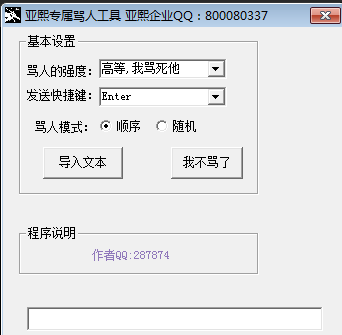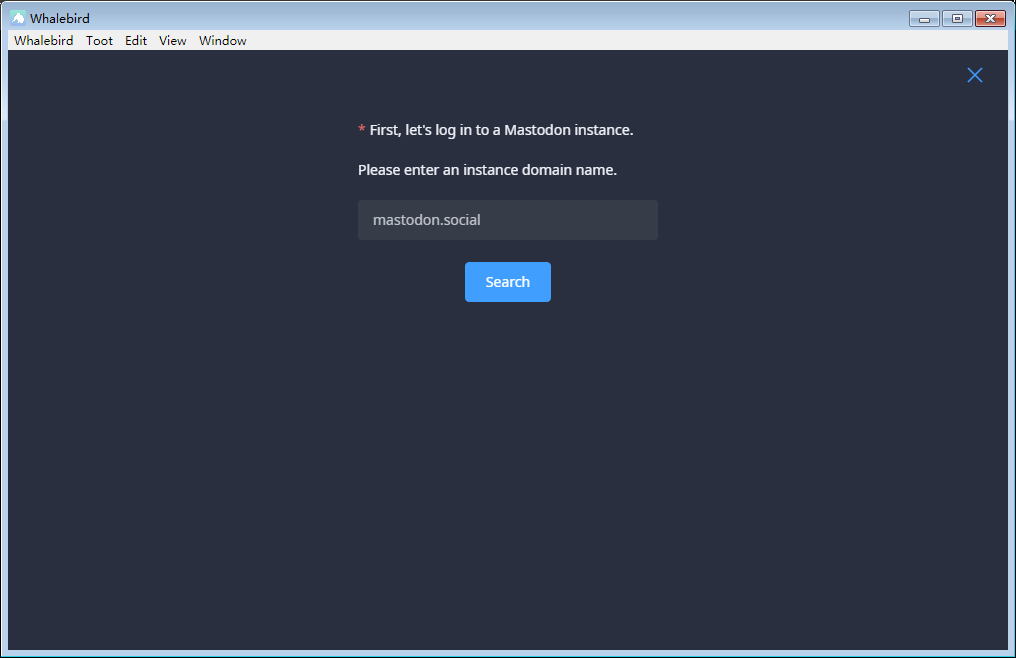Oracle DBA常用查询
时间:2022-03-13 23:57
Oracle DBA常用查询
–1. 查询系统所有对象
select owner, object_name, object_type, created, last_ddl_time, timestamp, status
from dba_objects
where owner=upper(‘scott‘)
–2. 查看系统所有表
select owner, table_name, tablespace_name from dba_tables
–3. 查看所有用户的表
select owner, table_name, tablespace_name from all_tables
–4. 查看当前用户表
select table_name, tablespace_name from user_tables
–5. 查看用户表索引
select t.*,i.index_type from user_ind_columns t, user_indexes i where
t.index_name = i.index_name and t.table_name = i.table_name
and t.table_name = 要查询的表
–6. 查看主键
select cu.* from user_cons_columns cu, user_constraints au
where cu.constraint_name = au.constraint_name
and au.constraint_type = upper(‘p‘) and au.table_name = 要查询的表
–7. 查看唯一性约束
select column_name from user_cons_columns cu, user_constraints au
where cu.constraint_name = au.constraint_name and au.constraint_type = upper(‘u‘)
and au.table_name = 要查询的表
–8. 查看外键
select * from user_constraints c where c.constraint_type = ‘r‘ and c.table_name = 要查询的表
select * from user_cons_columns cl where cl.constraint_name = 外键名称
select * from user_cons_columns cl where cl.constraint_name = 外键引用表的键名
–9. 查看表的列属性
select t.*,c.comments
from user_tab_columns t, user_col_comments c
where t.table_name = c.table_name and t.column_name = c.column_name and t.table_name = 要查询的表
–10. 查看所有表空间
select tablespace_name from dba_data_files group by tablespace_name
############################################
–1. 查看oracle最大连接数
sql>show parameter processes #最大连接数
–2. 修改最大连接数
sql>alter system set processes=value scope=spfile
–重启数据库
sql>shutdown force
sql>start force
–3. 查看当前连接数
sql>select * from v$session where username is not null
–4. 查看不同用户的连接数
sql>select username,count(username) from v$session where username is not null group by username #查看指定用户的连接数
–5. 查看活动的连接数
sql>select count(*) from v$session where status=‘active‘ #查看并发连接数
–6. 查看指定程序的连接数
sql>select count(*) from v$session where program=‘jdbc thin client‘ #查看jdbc连接oracle的数目
–7. 强行断开用户连接的方法
sql>select sid,serial# from v$session where username=‘ERP‘;(注意:serial# 中的 # 不能漏掉)
sql>alter system kill session ‘sid,serial‘;(select 可能会返回多条记录,所以alter也要执行多次!)
–7. 查看数据库安装实例(dba权限)
sql>select * from v$instance
–8. 查看运行实例名
sql>show parameter instance_name
–9. 查看数据库名
sql>show parameter db_name
–10. 查看数据库域名
sql>show parameter db_domain
–11. 查看数据库服务名
sql>show parameter service_names
–12. 查看全局数据库名
sql>show parameter global
–13. 查看表空间使用率
| 1 2 3 4 5 6 7 8 9 10 11 12 13 14 15 16 17 18 19 20 21 22 23 24 25 26 27 28 29 30 31 |
-- (1)
select dbf.tablespace_name,
dbf.totalspace "总量(m)",
dbf.totalblocks as "总块数",
dfs.freespace "剩余总量(m)",
dfs.freeblocks "剩余块数",
(dfs.freespace / dbf.totalspace) * 100 as "空闲比例"
from (select t.tablespace_name,
sum(t.bytes) / 1024 / 1024 totalspace,
sum(t.blocks) totalblocks
from dba_data_files t
group by t.tablespace_name) dbf,
(select tt.tablespace_name,
sum(tt.bytes) / 1024 / 1024 freespace,
sum(tt.blocks) freeblocks
from dba_free_space tt
group by tt.tablespace_name) dfs
where trim(dbf.tablespace_name) = trim(dfs.tablespace_name)
-- (2)
select t.name "tablespace name",
free_space,
(total_space - free_space) used_space,
total_space
from (select tablespace_name, sum(bytes / 1024 / 1024) free_space
from sys.dba_free_space
group by tablespace_name) free,
(select b.name, sum(bytes / 1024 / 1024) total_space
from sys.v_$datafile a, sys.v_$tablespace b
where a.ts# = b.ts#
group by b.name) t
where free.tablespace_name = t.name
|



























